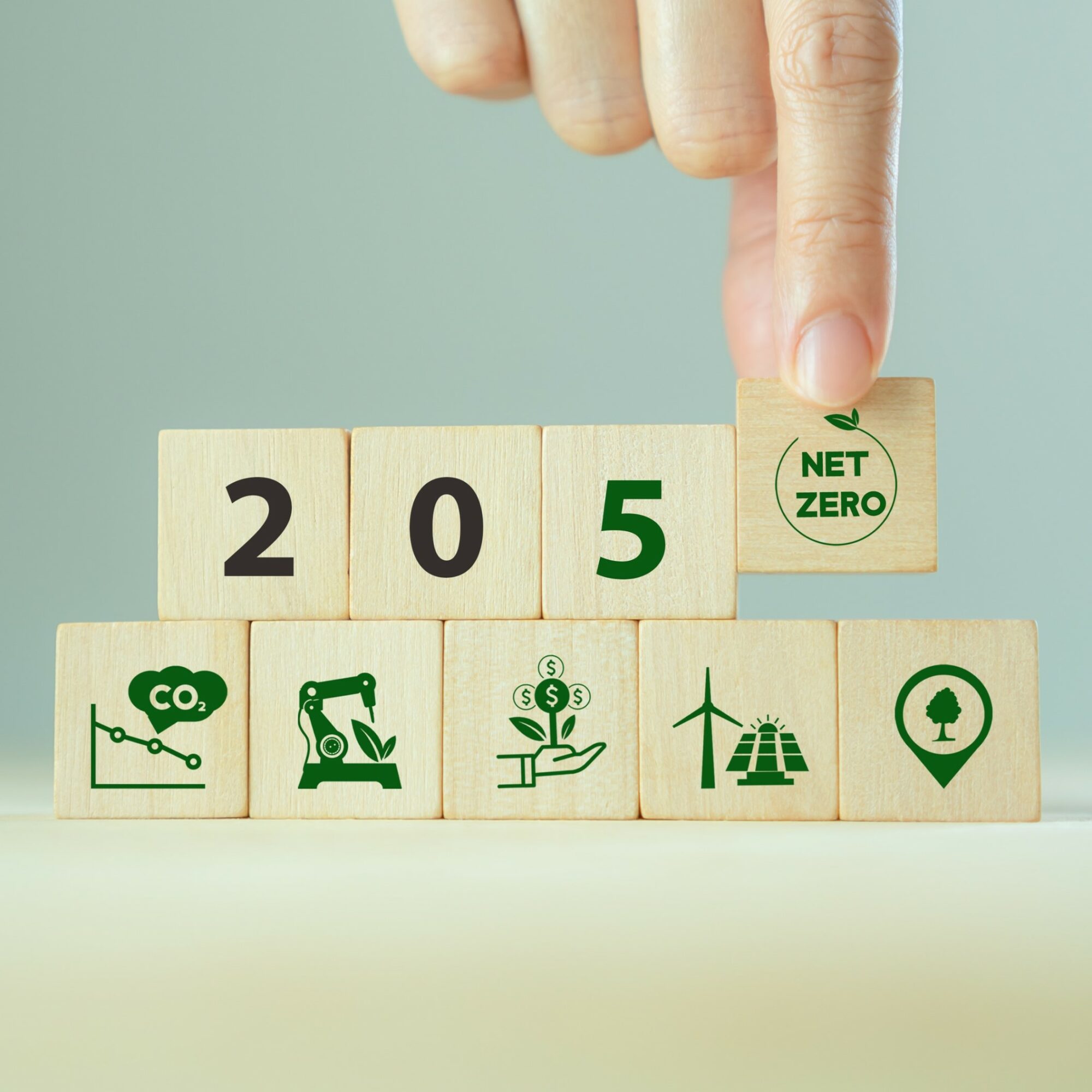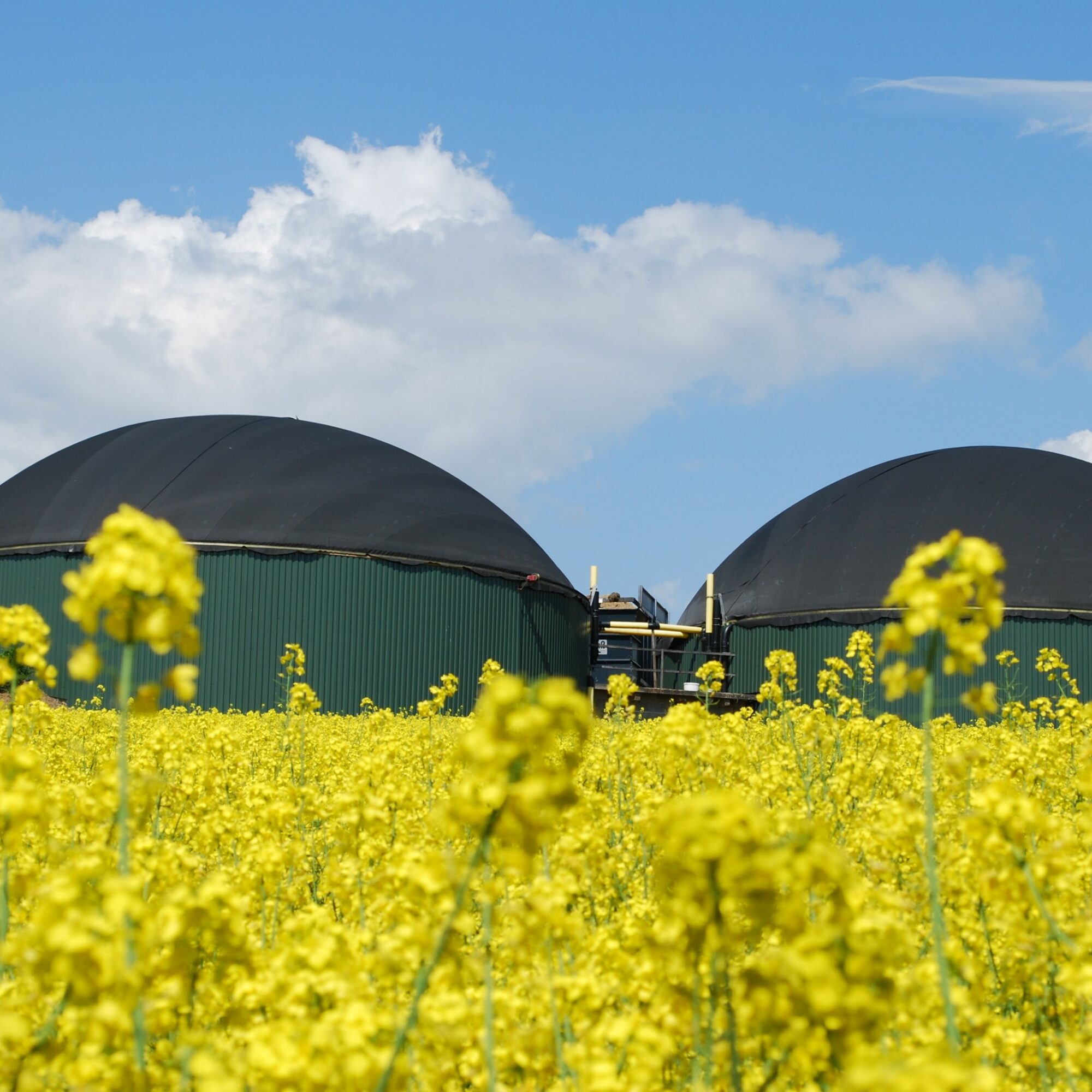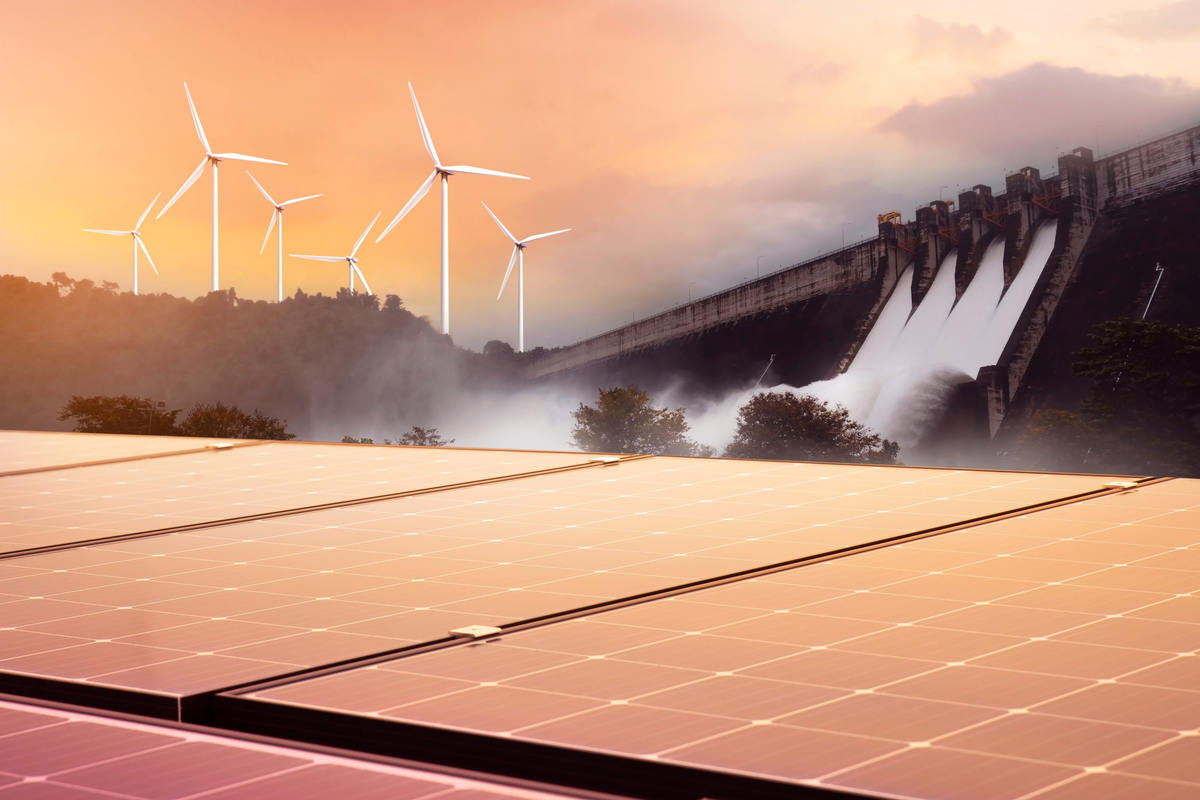
Carbon neutrality

Meet environmental regulations with a decarbonization strategy
To achieve carbon neutrality goals, planting trees, switching to renewable energy, and improving energy efficiency are not enough. This is why our specialized team supports companies in their projects to reduce carbon emissions, particularly through the implementation of low-carbon strategies.
They trust us







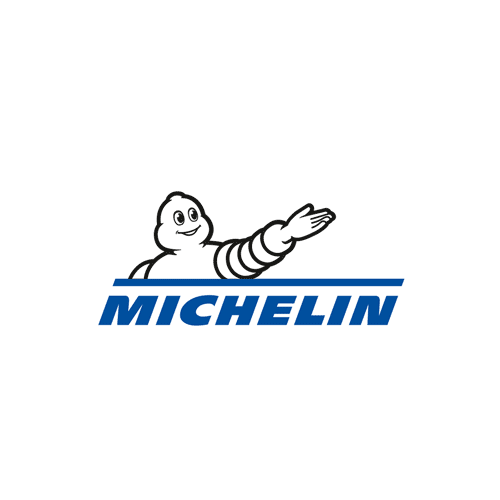


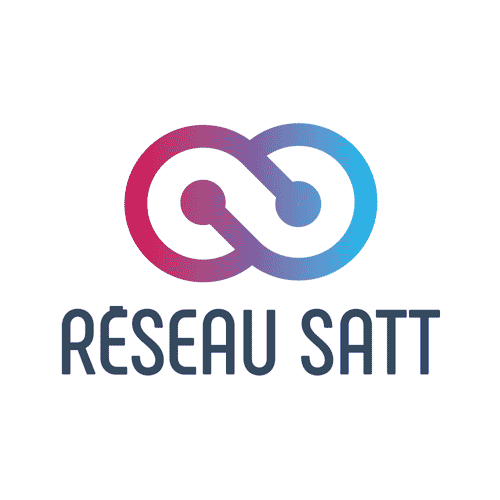
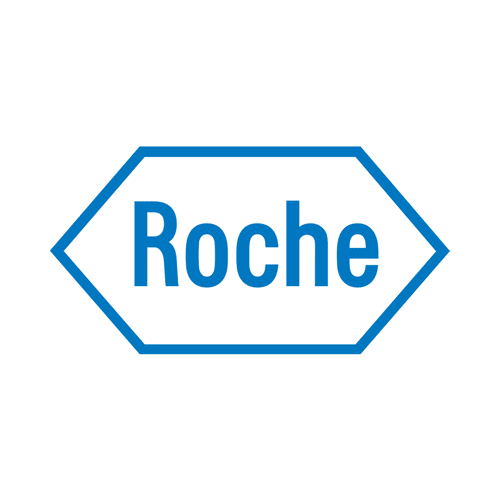





The challenges related to carbon neutrality
Today, many manufacturers want to go further and invest in technologies that make it possible to decarbonize not only energy consumption, but the industrial processes themselves. Low carbon strategies are therefore broader today and can include carbon-neutral products and services, CCUS (Carbon Capture Utilization Storage) strategies, as well as carbon offsetting.
Although many challenges remain (economic, regulatory and societal), the CCS, CCU and green hydrogen approaches represent high-stakes innovations:
These approaches center on capturing CO2 and, instead of reintroducing it into industry, sequestering it underground. There are indeed hermetic geological sites where CO2 can be stored for long periods without fear of it reappearing in the atmosphere. Here, we are referring to carbon sinks.
The storage capacities are tremendous. It is estimated that the storage capacity of all the world’s saline aquifers is about 10 trillion tons. This represents about 300 years of storage if CO2 emissions remain at 2019 levels (33.3 billion tons of CO2 from fossil fuel use and industry).
However, there are still barriers to be removed, particularly on three levels:
- Economical, because the cost of capture and storage for most sources of CO2 is still much higher than the cost of carbon taxes.
- Regulatory, because some agreements limit the transport of CO2 from one country to another.
- Societal, because there are societal concerns about the sustainability of burying technologies.
The aim is to re-use the CO2 emitted by industry. These approaches have been in use for many years! What changes the game today is the ability to achieve economic profitability. Technical innovations now make it possible to consider an economically viable capture of CO2 from more “diluted” sources such as those from a cement plant or a refinery, or even the capture of atmospheric CO2, via the so-called “Direct Air Capture” technology.
Promising opportunities are emerging:
- In the energy sector, for example, CO2 can be used in the synthesis of hydrocarbons such as methane or methanol.
- In the field of chemicals, CO2 can be a reagent in organic syntheses to produce polymers and inorganic carbonates.
- In construction, CO2 can be used to make building materials and accelerate the hardening of concrete.
Green hydrogen, produced mainly by electrolysis of water from renewable electricity, represents one of the levers of the future for accelerating the transition to carbon neutrality: development of green mobility, decarbonization of massive industrial uses of hydrogen (metallurgy, refining, chemistry, etc.), better integration of intermittent renewable energies in the energy system, massive storage of surplus electricity produced.
Hydrogen can be used as a complement to all green energies to satisfy and decarbonize many uses. It can become the pillar of 100% renewable territories.
How we support you in your projects related to carbon neutrality
On challenges related to carbon neutrality, Alcimed supports different types of customers such as:
- National and European institutions and research centers (e.g., ADEME, Ministry of Ecological Transition, etc.).
- Industrial players, namely in the energy, environment, and chemical sectors, etc.
The diversity of our clients, the geographic fields we explore, and the types of projects we develop give us a global in-depth understanding of the issues related to low carbon strategies.
Our projects cover areas as diverse as the development of services around energy efficiency issues, the implementation of CCUS technological approaches to identify the best capture/valorization pairs, new approaches for carbon neutrality, market studies to find business opportunities, the development of business models around CO2, the search for academic or industrial partners, and many others!
Examples of recent projects carried out for our clients in carbon neutrality
Identification of CCUS technologies applicable to the CO2 deposit of an agri-food player and evaluation of associated business opportunities
On behalf of a leader in wines and spirits, Alcimed identified CCUS technologies that could be applied to its CO2 depositing activity.
After having drawn up an overview of the available technologies, and based on an in-depth technical, economic, and environmental assessment of these technologies, Alcimed was able to, on the one hand, deprioritize the technologies with low technico-economic feasibility or whose carbon sequestration potential was too limited (either in terms of absorbable volumes or in terms of carbon sequestration duration) and, on the other hand, select eight technologies and their associated industrial applications, including the manufacture of building materials, concrete treatment and sodium bicarbonate production.
Strategic study of CO2 valorization methods for a public player
Alcimed supported a public player in the development of a benchmark document on the different ways of CO2 valorization aiming at assessing France’s strategic interest in promoting one way of CO2 valorization.
After having segmented the different valorization ways according to the nature of the CO2 conversion (no conversion, chemical, biological), Alcimed carried out a state of the art for the various projects relating to each valorization way and identified the main challenges and obstacles for each sector.
Definition of a CCUS strategy for an environmental player
As part of its carbon neutrality objective, one of our clients, an environmental player, wanted to explore in detail the potential for a CCUS strategy.
Alcimed supported it by identifying all the solutions—available or in development—for capturing CO2 on a global scale as well as possible valorization ways.
Among the 70 or so solutions and 43 valorization ways listed, our team selected the most promising capture/valorization solution pairs for our client. Valorization ways such as mineralization or alternatives to fossil fuels have been explored.
Technico-economic analysis of chemical-based technologies for CO2 valorization
Alcimed supported a project leader in the overall understanding of the chemical-based CO2 valorization ways in an effort to better position its own technologies.
Alcimed completed an overview of these ways to position them in relation to each other according to different criteria: technological maturity, industrialization, development potential, economic interest of the products formed, etc.
Alcimed also focused on the electrochemical method and carried out a state of the art in order to highlight the advantages of the researcher’s technologies over the competition for the production of several attractive products that use electrolysis, such as propanol, ethylene, or carbon monoxide.
Development of a Hydrogen Propulsion System for Aircraft for an aerospace company
A player in the aeronautical industry wanted to position itself in the hydrogen propulsion market for regional aircraft (20 – 100 seats). In order to define the right development strategy, and acquire the necessary skills and partners, this player called on our team to study the market up to 2040, as well as the competitive landscape.
To do this, we drew up an overview of the players positioned in the market, and conducted a competitive analysis of the most threatening competitors, in order to identify the key success factors and the right targets to aim for. To complete our vision of the market, we also carried out a survey of potential users projecting trends to 2040.
Our work enabled our client to refine its roadmap, review and set the right objectives, and focus on the most important aspects to consider in its development.
Creation of a decarbonisation roadmap for the French space industry
Alcimed worked with a public player to converge on a common roadmap for the decarbonisation of the entire French space industry.
As part of this mission, we defined a clear vision of the French space industry, as well as identifying and prioritising the levers for achieving realistic scenarios for decarbonising the space sector by 2050. To do this, our team implemented a 3-stage methodology:
- Analyse the French space industry and identify its issues and challenges in a future low-carbon world;
- Define a clear vision of decarbonised space by 2050 and identify the main levers for decarbonisation;
- Articulate the decarbonisation levers in scenarios and draw up a roadmap.
Thanks to our study, our client was able to define and share a clear and concrete roadmap, including the key levers and stages that will enable the space industry to decarbonise by 2050.
You have a project?
To go further
Energy - Environment - Mobility
What if reaching carbon neutrality allowed France to become energy independent?
What if decarbonizing our energy production was a lever for achieving greater energy independence for France?
Energy - Environment - Mobility
Renewable gases: major players in decarbonization
What strategic role for renewable gases from wet biomass achieve to achieve the objectives of carbon neutrality?
Energy - Environment - Mobility
5 levers for reducing the environmental impact of renewable energy
The environmental impact of renewable energy, like wind power, is not neutral. Discover 5 ways to reduce their ecological footprint.
Founded in 1993, Alcimed is an innovation and new business consulting firm, specializing in innovation driven sectors: life sciences (healthcare, biotech, agrifood), energy, environment, mobility, chemicals, materials, cosmetics, aeronautics, space and defence.
Our purpose? Helping both private and public decision-makers explore and develop their uncharted territories: new technologies, new offers, new geographies, possible futures, and new ways to innovate.
Located across eight offices around the world (France, Europe, Singapore and the United States), our team is made up of 220 highly-qualified, multicultural and passionate explorers, with a blended science/technology and business culture.
Our dream? To build a team of 1,000 explorers, to design tomorrow’s world hand in hand with our clients.
Initially, the most common goal was to reduce CO2 emissions. Thus, achieving eventual carbon neutrality consisted in offsetting emissions by reducing them elsewhere: this is the carbon offsetting system strategy in line with the European Emissions Trading System (ETS). These approaches can be based on investments in renewable energies, the development of services around energy efficiency, or the introduction of clean technologies with low carbon emission.
The two concepts are very similar. At the level of an individual, a company, a country or whatever, if greenhouse gas emissions are equal to the quantity absorbed, we can say that this body is “carbon neutral” or has achieved “net zero” (i.e. is approaching a level of greenhouse gas emissions equal to or close to zero).
However, the term ‘net zero’ places more emphasis on reducing emissions, whereas ‘carbon neutrality’ can in theory be achieved without reducing emissions, but only through compensation. The term “carbon neutrality” can also be used for processes or technologies that do not produce greenhouse gases, unlike the term “net zero”.
